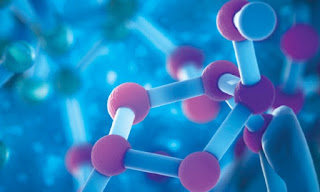What are the next big trends in materials science?
Though it is huge field, and covers vast
topics, here are top five:
· Bio-materials and Tissue Engineering
·
Ceramics and glasses
·
Nanotechnology
·
Functional materials (materials having
their unique properties like feoorelectricity.)
·
Engineering alloys (for various
applications)
Tissue engineering is an interdisciplinary field
dedicated to the regeneration of functional human tissues. ... The
classic paradigm relies on a combination of biomaterial scaffolds,
cells, and bioactive molecules to orchestrate tissue formation
and integration within the host environment.
Ceramics and glasses are inorganic, nonmetallic
materials consisting of metallic and nonmetallic elements bonded primarily with
ionic and covalent bonds. ... They occupy a unique place in the spectrum of
engineered materials offering many desirable alternatives to the metals and
polymers in common usage.
Encompassing nanoscale science,
engineering, and technology, nanotechnology involves imaging,
measuring, modeling, and manipulating matter at this length scale. A nanometer
is one-billionth of a meter. A sheet of paper is about 100,000 nanometers
thick; a single gold atom is about a third of a nanometer in diameter.
Functional materials can be any type of
specially designed material with a determined function: semiconductors, polymers,
molecular crystals or nanoparticles are good examples of them. It is their
special physico-chemical properties which make functional materials so special.
A special type of functional materials are synthesized with a large surface to
volume ratio, in order to maximize their interaction with the environment.
Typical examples are functional surfaces and functional particles. The research
on their synthesis and their characterization is crucial for future
technologies.
Metal alloys are
especially common, and they are formed by combining a metal with one or more
other metallic and/or non-metallic materials. The combination usually occurs
through a process of melting, mixing, and cooling.








Comments
Post a Comment